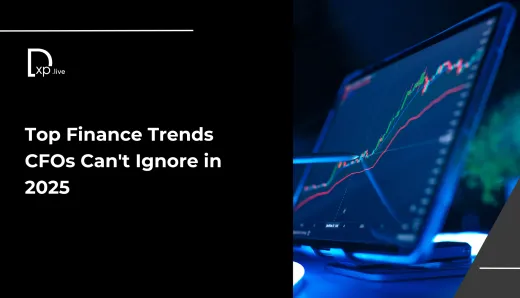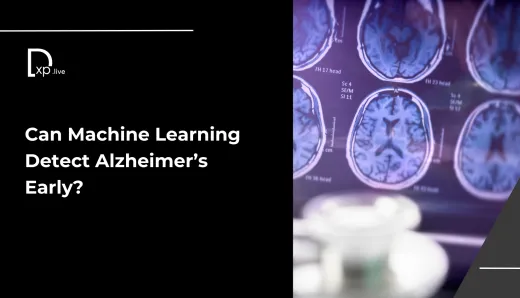Will Intelligence and Experience shift to the ‘Edge Device’?
Growth of number of IoT Devices is happening in a fast-paced manner. It is leading to growth in the number of connected devices and related applications, which is making handling of IoT environments complex and challenging.

Ref - https://www.statista.com/statistics/471264/iot-number-of-connected-devices-worldwide/
The above graph clearly shows how the connected devices growth is happening. The website statista.com projected that it will amount to 75.44 billion by 2025.
Many new IoT related business models are emerging out of this growth. Since device cost is getting dropped day-by-day, standardization of all the devices and complex environments is an impossible task. All this proliferation of IoT devices is leading and shifting the intelligence towards Edge devices (An edge device is a device which provides an entry point into enterprise or service provider core networks. Eg:- include routers) . The edge devices are getting smarter and smarter.
This trend makes us think about how to handle this proliferation of connected devices? Where will the intelligence be residing? What are the intelligence decisions and calculations that the device will have to take to make sure that it is handling many of the analytics that is now being pushed to the Cloud? Following are some of the disadvantages of pushing the analytics to Cloud.
- Lot of latency issues as the data has to be pushed to Cloud for processing
- Performance issues may arise due to lack of processing at the device side
- Challenges like lack of fast processing for taking decisions in the device instantly
- Issues of time delay related to decision making as the analytics engine is being in the Cloud.
- Because of latency and delay, many times the kind of decisions taken, will lead to wrong output/outcome.
Considering the above disadvantages and challenges, it is definitely required that intelligence must be shifted to the device itself instead of the processing it in Cloud. This has led to the growth of so called “Edge Computing”. By having processing capabilities and memory, the devices are becoming smarter and smarter.
Edge Computing in IoT Ecosystem is becoming one of the hot topics and part of the trends. This has become the de-facto standard for anyone who is planning to adopt IoT systems on a larger scale. Many enterprises and industry sectors based on the domain face scalability challenges. And by having Edge computing and edge analytics, some of these challenges and processing issues can be addressed.. The growth of Edge computing is happening at a very fast rate. It is estimated that “Edge Computing Market Size Worth $28.84 Billion By 2025 | CAGR 54%”.
One can see that this growth is leading to solving some of the latency issues explained earlier. Most of the analysis in Edge devices is done at the source. This can be done by pre-processing, collecting and finally analyzing the data at source, instead of sending this directly to the stand alone server OR cloud for further processing.
In parallel, the growth of Artificial Intelligence along with advancement of IoT is helping to create some of the popular state-of-the art projects like implementation of "Smart Cities", "Smart Manufacturing hubs", everything in the vicinity is becoming smarter nowadays. Even the 5G cellular technologies need more and smarter IoT based devices as compared to older 4G/3G technologies. One has to build a good combination of IoT and AI systems, which will solve the analytics and processing problems.
Analytics is one of the key aspects, which is required to be sitting in any of the IoT devices if it has to be smart. Therefore, the combination of the “Edge Computing” and “Edge Analytics” along with AI is leading the market to a situation never seen before. All our surrounding is becoming smarter and will be in a position to take smart decisions, smart measurements for better and healthier world.
All the industry sectors be it Banking, health care, smartphones or manufacturing hubs with the adoption of edge computing and edge analytics are in a position to implement technologies like Blockchain. This helps industries with more robust and secure payment systems, better financing systems, better devices with faster response time. Smartphones nowadays have everything one can expect in them. All this is possible with the combination of edge computing and analytics. Processing speeds of all such transactions are happening within a split of a second.
There is a lot of competition in Edge Computing market and there are many existing players and new entrants, who are being added constantly. Cloud vendors like Google, Microsoft, Amazon, GE, Siemens etc dominate the majority of this market as they have multiple features and tools. These biggies are going for acquisitions and partnerships for bringing-in latest developments in Edge Analytics. Following are some of these trends,
- Lot of growth happening in multi-location based data storage
- Sudden rise of the autonomous edge, which is leading to the development of multiple new devices
- Development and advancement of Machine learning and Deep Learning which helped in facial analysis for increased convergence.
- Lot of advancements and development of Robotics will take IoT and ML to a new world of self-service and greater operational efficiencies with expected accuracy.
- Growth and emergence of data marketplaces leading to great demand of Edge analytics and Edge computing.
Some of the well-known open source based IoT tools for Edge Analytics, which are popular in the market are -
Conclusion :
By the various analysis and studies done recently, it is evident that the intelligence and experience has shifted to Edge devices. Most of the analysis and processing is being done with the combination of AI, which will help in deciding what action to be taken within an instant. This article will help the reader in understanding of IoT edge computing, Edge Analytics and how intelligence can be derived from the same.
Author Bio: Shashidhar Soppin
The author works at Wipro as a senior architect and has 18+ years of experience in the IT industry. He specializes in UNIX/ Linux systems programming, virtualization, Docker, the cloud, Deep Learning, AI-ML, etc.




